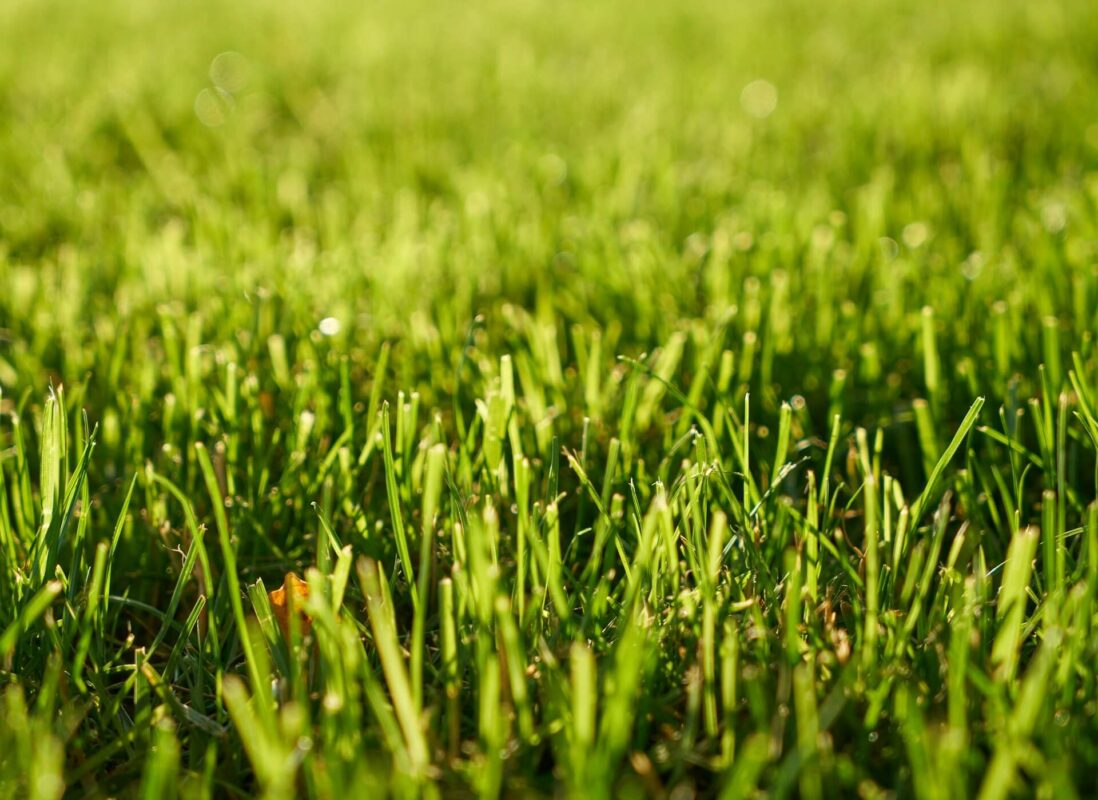Gardening and Landscaping Tips for Small Areas

The thing I love about Mother Nature is no matter the available space she has to work with, she always makes the most of it. From forest ecosystems covering thousands of acres down to a single square foot of grassland, space doesn’t seem to be a limiting factor for nature. For a more dramatic example of this concept, observe nature under the microscope. For gardeners, making the most out of a small area can be tricky. This is especially true for homeowners with very small yards, apartment dwellers with only a deck or balcony, or even the college student renting a single room. But like nature, we shouldn’t let our lack of space inhibit our desire to garden.
Perspective and Illusion
Tricks involving perspective and illusion are effective ways of gardening in small areas. For example, plant colorful plants such as wildflowers near the front of your garden where they’ll be seen first. Place shrubs and other not-so-colorful plants near the back of your garden area. Because the colorful eye-catching plants are first to be noticed, the rest of your landscape will tend to fade off into the background. This gives the illusion of a bigger space and will help your landscape seem larger. You can also use lines to your advantage. Long, straight lines give the feeling of a large area, but you can also use a curved line to create a sense of mystery. For example, a path that wraps around a corner gives the feeling of a continuous, flowing space that can be explored. This also tricks the brain into thinking the area is bigger than it really is. Finally, use your neighbor’s yard as the background to your garden. This gives the impression of space without actually having much of it.
Vertical Gardening and Green Walls

Vertical gardening is also a great way to make use of space in a limited area. Like tall skyscrapers in a crowded city, vertical gardening involves growing plants upwards instead of spreading out horizontally. This can be achieved simply by growing tall, narrow plants like ornamental grasses or by allowing vines to grow up a lattice or wall. Vertical gardening can also be achieved through the use of green walls. Green walls can be either free standing or part of a building and are covered in vegetation. Soil can be used as well as an inorganic growing medium. While popular in Europe, green walls are starting to catch on here in the United States.
Container Gardening
For folks with only a deck or balcony, container gardens are the best way to utilize such a small space. Container gardening also provides the freedom to move and arrange your garden in any desired way. Container plants help to soften boundaries and fill in corners around the deck or balcony. There are many ways to get creative with container gardening such as attaching containers to walls, hanging them from ceilings and beams, or even using unusual items for containers. One of the most interesting items I’ve seen used for container gardening was in an old dresser. Each drawer was opened, filled with soil and used to grow something out of.
Window Ledge Gardens

But what if the only space available for your garden is a single window ledge? Bonsai trees, orchids and other types of indoor plants can be used to brighten up any room and still provide a gardening experience. One trend that has been gaining in popularity recently is the fairy garden. A quick Google search will bring back hundreds of examples of fairy gardens. Basically just a small scale version of a full-sized garden, fairy gardens use a combination of dwarf plants, grasses, mosses, rocks and other elements to create a living garden in an area the size of a dinner plate. Children especially could benefit from this fun hobby and often provides them with their first gardening experience.
No matter the size of your available gardening area, there are many tricks and methods to get the most out of your space. Whether you’re a homeowner with a small yard, living in an apartment with a deck or balcony, or only have a window ledge to work with, there’s a way to still enjoy the enjoyable hobby of gardening.

